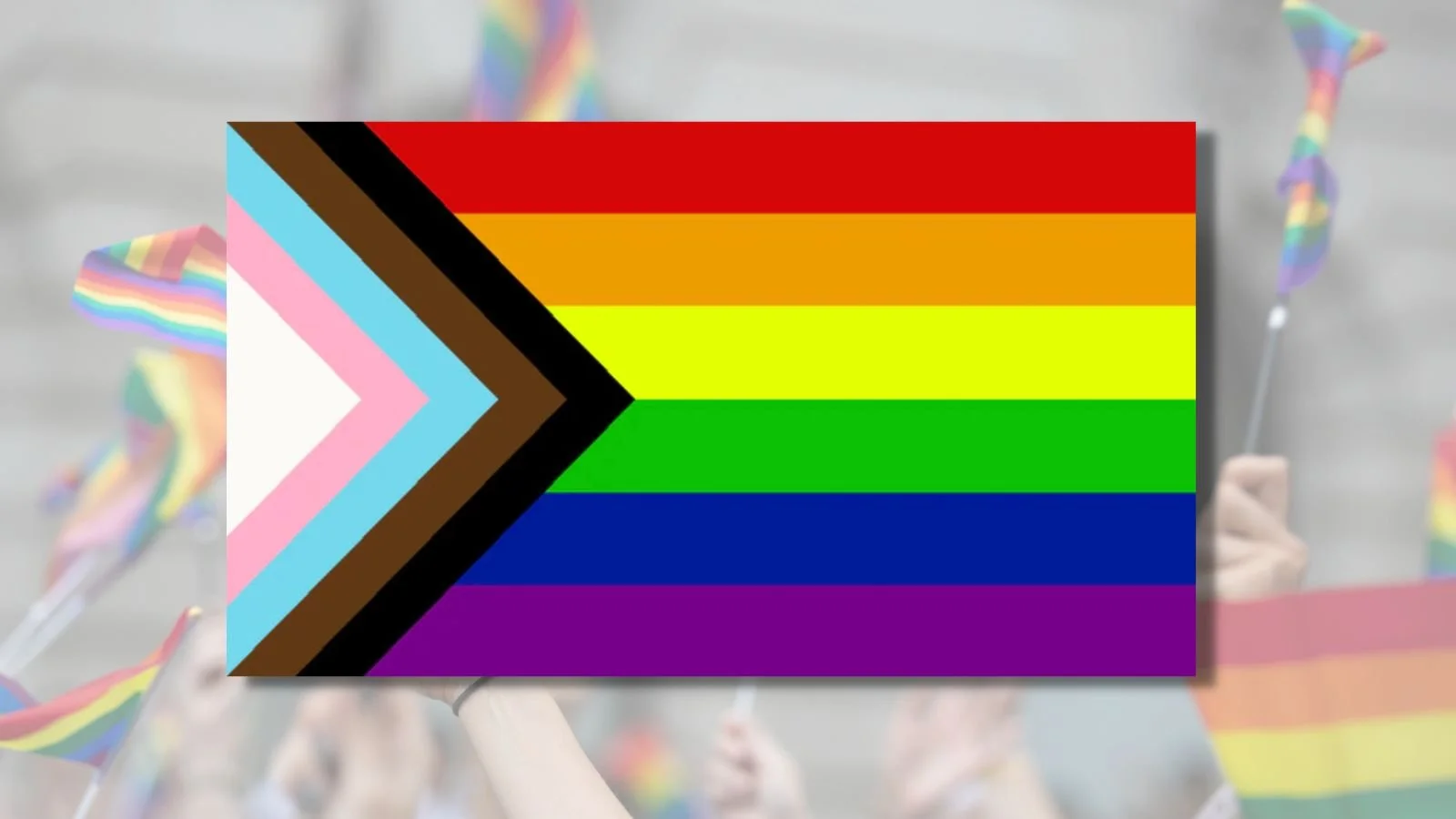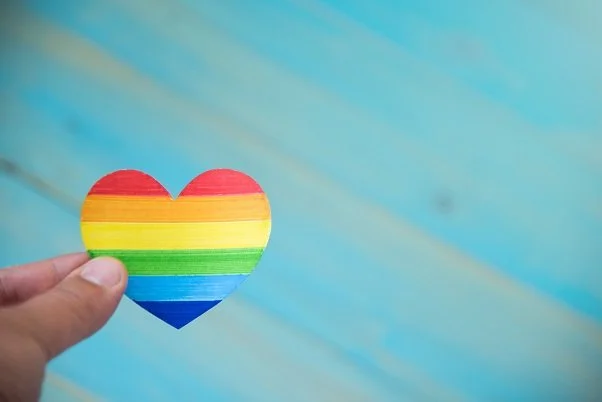Why “National Coming Out Day” is STILL Important
National Coming Out Day was first celebrated October 11, 1988. More than 30 years later, there is still great importance to celebrate as a way to honor and celebrate those who bravely choose to come out and live openly.
Each person who is part of the LGBTQIA+ community has their own lived experience with their own coming out story and has the right to choose how, when and who they share with others. For some, this is an extremely daunting experience while for others, it is liberating to live their true selves for the first time in their life. It is also one of the identities where we are always coming out in different social situations. I feel like I am always coming out when meeting new friends, in the workplace or in the classroom.
At this point in my life, I am very comfortable talking about my experience and letting others know I am Queer.
I understand I am one of the lucky ones to have the love and support from friends and family from the moment I came out. It started with my very inner circle and I slowly started to grow the circle of those in the know. Below is an email I shared with my extended family when Iowa had lifted the ban on same-sex marriage.
Hello to my loving family-
I hope this email finds you all happy and healthy as the season changes from a very long winter into spring.
I would like to share with you a few of my thoughts about and feelings about the Iowa Supreme Court decision last week to lift the ban on gay marriage.
We all wear many hats or labels (and by the way, I am not a fan of "labels"). Some of mine include: daughter, sister, cousin, niece, friend, co-worker, athlete, partner, adventurer, social activist, fundraiser, animal lover, theater-goer, volunteer, American, etc. There is never a time that just one of these labels ever defines who we are. By combining all of these, plus our family and historical history, and what we look to in the future, makes us the person we are and who we want to become.
As someone who has been involved with the LGBT (Lesbian, Gay, Bisexual, Trans-gender) community for nearly five years, I feel it is important (in a positive way) to let you know how much this ruling in Iowa is to the state, our country and to me. There are over 1,500 federal rights alone that a straight married couple receives that a same-sex married couple does NOT receive. Some of these include adoption rights, hospital visitation rights, medical benefits, social security rights, major investments such as property, workplace equality, safety from bias-based violence, and countless others. When most people think of Civil Rights, they think of racial minorities and what their rights are. But in fact, Civil Rights is defined as: Protection from discrimination based on race, gender, religion, sexual orientation, etc.
I am very fortunate to live in a community where I feel safe to be open about who I am both as an individual and with my partner. There are times that discrimination still looms, but with support of friends and family, we can still be who we are. The state of Iowa took a huge step forward toward creating equality, and I look forward to a day when as a nation, we all, truly will be equal.
Best wishes,
Ann Marie
We still need National Coming Out Day to raise visibility in the fight for equality when it comes to issues such as healthcare, adoption, marriage, housing and employment. In 27 states, there are no explicit statewide laws at all protecting people from discrimination on the basis of sexual orientation or gender identity in employment, housing and public accommodations: Alabama, Alaska, Arizona, Arkansas, Florida, Georgia, Idaho, Indiana, Kansas, Kentucky, Louisiana, Michigan, Mississippi, Missouri, Montana, Nebraska, North Carolina, North Dakota, Ohio, Oklahoma, Pennsylvania, South Carolina, South Dakota, Tennessee, Texas, West Virginia, and Wyoming.
LGBTQIA+ people are more likely to face discrimination and mistreatment in healthcare settings:
8 percent said that a doctor or other health care provider refused to see them because of their actual or perceived sexual orientation.
6 percent said that a doctor or other health care provider refused to give them health care related to their actual or perceived sexual orientation.
7 percent said that a doctor or other health care provider refused to recognize their family, including a child or a same-sex spouse or partner.
9 percent said that a doctor or other health care provider used harsh or abusive language when treating them.
7 percent said that they experienced unwanted physical contact from a doctor or other health care provider (such as fondling, sexual assault, or rape).
Among transgender people who had visited a doctor or health care providers’ office in the past year:
29 percent said a doctor or other health care provider refused to see them because of their actual or perceived gender identity.
12 percent said a doctor or other health care provider refused to give them health care related to gender transition.
23 percent said a doctor or other health care provider intentionally misgendered them or used the wrong name.
21 percent said a doctor or other health care provider used harsh or abusive language when treating them.
29 percent said that they experienced unwanted physical contact from a doctor or other health care provider (such as fondling, sexual assault, or rape).
According the Williams Institute, LGBTQIA+ people are more likely than non-LGBTQIA+ people to face housing instability.
Housing Affordability
More than one in five (21.6%) LGBT adults in the United States are living in poverty, compared to 15.7% of cisgender straight adults, according to a 2019 report by the Williams Institute.
That same report found that, among LGBT people, poverty is especially prevalent among racial minorities, bisexual people, women, transgender people, and younger people.
Homeownership
Although 70.1% of non-LGBT adults own their own homes, that number is just under half (49.8%) for LGBT adults, according to Williams Institute analyses. Other Williams Institute studies have found that homeownership is even lower among LGBT racial minorities and transgender people.
Same-sex couples are less likely to own their homes than different-sex couples (63.8% and 75.1%, respectively).
Married same-sex couples are less likely to own their homes than married different-sex couples (72% and 79.4%, respectively).
A variety of studies find that LGBT people face discrimination when trying to rent apartments and secure mortgages, among other discrimination experiences related to housing.
Homelessness
Studies find that between 20% and 45% of homeless youth identify as LGBTQ, approximately 2 to 4 times more than the estimated percentage of all youth who identify as LGBTQ.
Among young adults aged 18-25, LGBT people have a 2.2 times greater risk of homelessness than non-LGBT people, according to a 2018 study from the University of Chicago.
Studies find that LGBT youth and adults, especially transgender people, face barriers to accessing homeless shelters and services.
The great news is there are many ways to support the LGBTQIA+ community. Allies are important and welcome supporters of the LGBTQIA+ community. They can be effective and powerful voices for LGBT equality, and can not only help LGBTQIA+ people feel comfortable coming out, but also help others understand the importance of equality and fairness for all people. Do your own due diligence to find out how.
With the support of my friends, family and community, I am proud to say I am Queer and will celebrate National Coming Out Day with pride.
be well-


